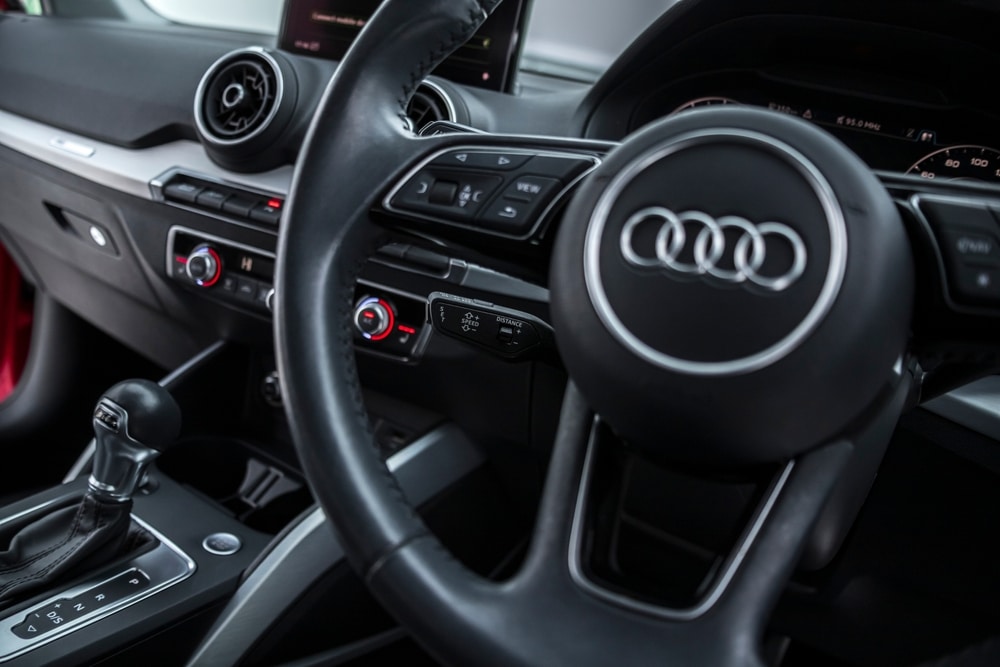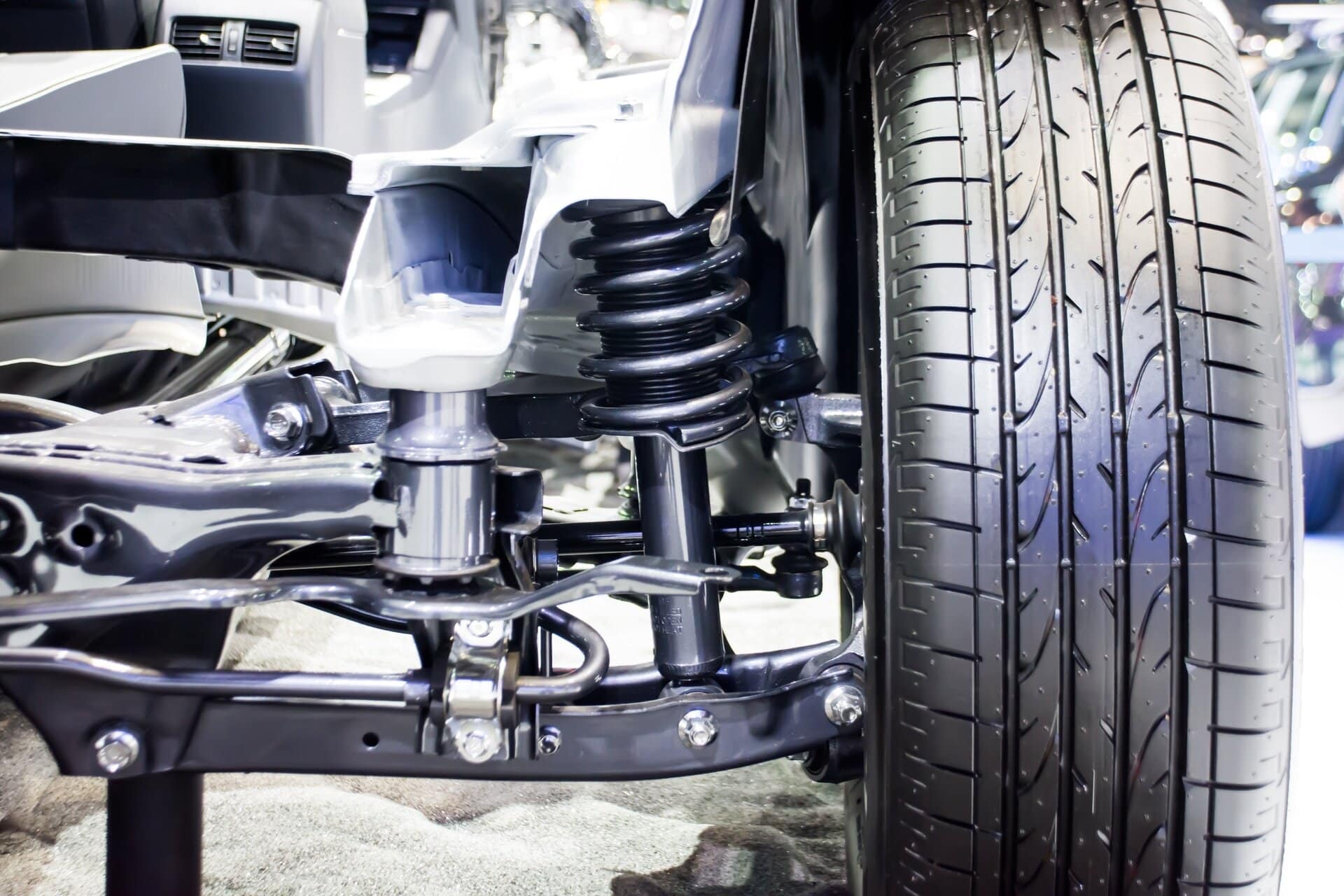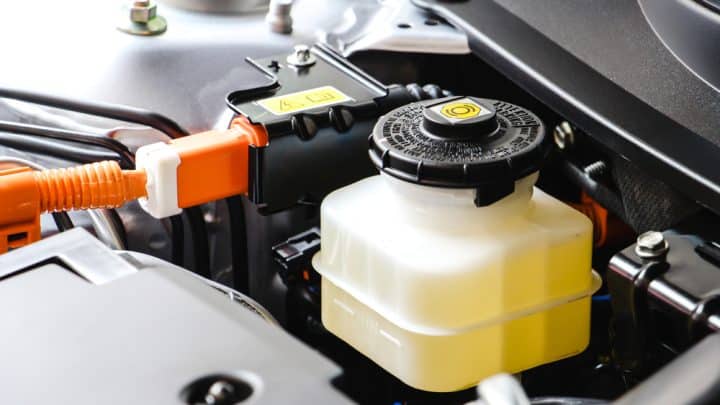How to Solve Power Failure Problem in Range Rover Sport
The Range Rover Sport SUV first came into existence in 2004, as a result of Land Rover’s efforts to attract more performance-hungry enthusiasts. The new model not only performed well in the market but it cemented a permanent place for itself on the Land Rover SUV roster.
Since then, the British brand has been producing one good generation after another to keep the Range Rover Sport lineup alive and the fans on the edge of their seats.
But with performance being one of their main selling points, you would not expect the Range Rover Sport to have any issues in that department. Unfortunately, a vehicle is a conglomeration of thousands of components, meaning a single part malfunction could lead to a big failure. Put bluntly, Range Rovers, like every other vehicle, are not invincible.
In the case of our client, this turned out to be true.
Recently, a client visited our garage with his 2013 Range Rover Sport. Mr M complained about a power loss issue on his SUV, which meant that his Range Rover Sport was losing performance once he pressed the throttle. Not only that, but he saw a light on the dash, which indicated restricted performance on acceleration.
Our Range Rover specialist, Matt Fitch, took the reigns of the case and started asking more questions from the client. Interestingly, the cross-questioning revealed a unique detail about the case. Mr M disclosed that the performance issue was happening more frequently when the SUV was hot.
Matt started to process that information and began formulating a plan to tackle the power issue. He knew that a loss in performance could be a result of several things. But there was no time to waste and so our Land Rover technician began his diagnosis with a fault code scan.

Faults Found
The first thing Matt had to do was certify the client’s claims. He had to ensure there was indeed a significant loss in power during acceleration. Perhaps, Mr M was missing something and a test drive would bring that forward, especially with a sharp eye like Matt’s looking for issues.
Therefore, our Range Rover Sport expert took the SUV out on a test drive and noted down all the issues he could find. It turned out that the client reported everything to a tee. Matt could find nothing extra or unique that would steer him in some other direction. So, he followed up by initiating the 15-step diagnostic procedure followed by technicians at Fitch Autos.
Diagnostic Procedure
The detailed diagnostic process is the trump card in our technicians’ pockets. It not only allows them to be thorough and efficient with the diagnosis but it also helps them do their job most cost-effectively.
Matt, our Range Rover specialist, employed the same procedure to find out the root cause of Mr M’s SUV. His first step was to perform a fault code scan, which allowed him to pinpoint the general area of the issue.
The scan turned up the following:
- P006A-00 – Manifold absolute pressure (mass or volume air flow correlation)
In simpler words, the intake manifold was unable to maintain pressure, causing the vehicle to lose power on acceleration.
When you press the throttle pedal, the butterfly flap in the throttle body opens up and lets air inside the engine’s combustion chamber. At the same time, the fuel system pushes the ideal amount of fuel into the engine. As a result of the marriage between air and fuel, the engine creates power, the tyres roll over and the vehicle starts to accelerate.
But that happens only when every component in that chain is working perfectly. If either the fuel or air intake systems malfunction, the engine loses power and you witness the same effects as Mr M was experiencing in his 2013 Range Rover Sport.
Matt learned through the fault scan that the problem was not with the fuel system but with the air intake system on the Range Rover Sport.
He thought about all the things that could cause this error code to pop up. Perhaps, the mass air flow sensor was faulty or maybe there was a leak in the intake. There could also be something clogging the intake manifold, resulting in less airflow to the engine.
Our Range Rover expert had to tick off all the possibilities one by one before arriving at the fault. So, Matt started inspecting the throttle body and all the components connected to it, in order to find the cause.
He looked at the butterfly flap while the vehicle was switched off and when it was turned on, but there was nothing unusual. Next, he checked the live data coming from the mass air flow sensor and compared it with the specified levels. Again, Matt found nothing out of the ordinary.
As a result, Matt turned towards the only plausible cause – a leak.
Only a leak in the air intake system could result in a loss of pressure and a subsequent loss of power. The tough job now was to figure out the leak’s location.
Luckily, Matt’s training and expertise in solving Range Rover issues are first class. He showed that by putting his skills to the test and finding out the leak in Mr M’s SUV.
Our Land Rover technician performed a visual inspection of the throttle body, and the pipes leading in and out of the component. He found no visible leaks but instead chanced upon some residue oil around the throttle body. Something like this could mean only one thing, the plastic components of the air intake could have a possible leak.
The best way to test that theory was to perform a smoke test.
Matt removed one intercooler pipe and attached the Smoke Pro Tester to the opening. He pressurised the air intake system with smoke and looked for leaks. Our Range Rover Sport expert found the leak in the throttle body’s plastic housing.
Matt had found the problem-causing component and all that was left now was to perform the repair.
The Solution
Our lead Land Rover specialist had to remove the old throttle body and install a new one on the 2013 Range Rover Sport.
He undid all the nuts and bolts as well as the connecting pipes to remove the faulty throttle body. Moreover, Matt removed the sensors that are attached to the component. Once the part was off the vehicle, he attached the new one and redid all the pipes, nuts and bolts.
When everything was back in position, Matt started the Range Rover Sport and calibrated the throttle to the ideal specification. After that, the only thing left was to test the vehicle for fault codes. Luckily, nothing turned up on the search, which meant the problem was solved.
But before Matt could hand over the vehicle back to Mr M, he test-drove the SUV. Fortunately, everything worked fine, which allowed our Range Rover technician to hand over the vehicle back to its delighted owner.
Summary
The loss in performance took our client by surprise, and he had no idea how to tackle the issue. Mr M came into Fitch Autos and explained his troubles to Matt Fitch. Our trained technician listened to his complaints, diagnosed the problem, and solved it in a day.
Mr M got a his Range Rover Sport issue looked at and resolved quicker than the Land Rover dealer. He also received better-than-dealer value from the Fitch Autos Land Rover garage.
What more could a troubled client want? We believe that there is nothing more important than offering you:
- Great value for money
- Significantly lower lead time and a quick turnaround compared to the main dealer
- The skills necessary to fix the fault first time
- A Free courtesy car
These values and services are part of what you get when you come to Fitch Autos for repair.
You can also avail of such exemplary service by giving us a call on 01543 401257 and our experts will talk you through the process.
So, what are you waiting for? Pick up that phone and dial Fitch Autos.


